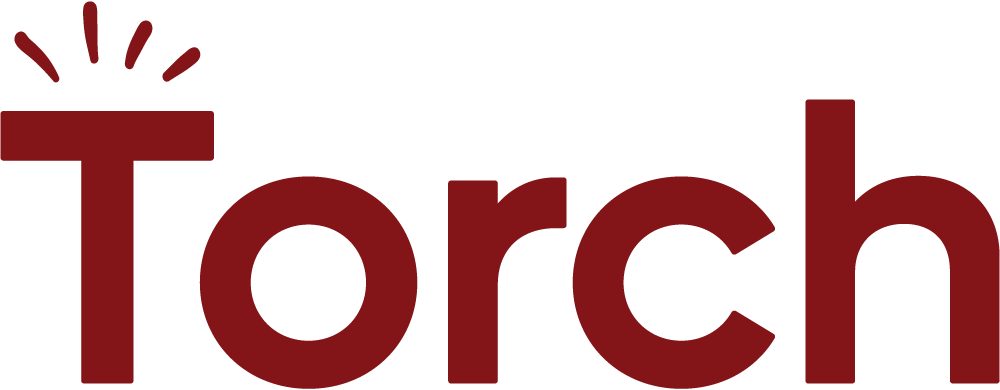The data tells a clear story: While organizations invest more in leadership development than ever before, actual leadership performance continues declining.
According to the DDI Global Leadership Forecast 2025, only 40% of leaders rate leadership quality as high—and even that is largely influenced by external conditions, not actual leader effectiveness. The implications are stark: organizations that fail to develop their high-potential leaders are 3.7X more likely to lose them.
Deloitte found that 74% of organizations recognize they need to transform their leadership capabilities. Yet nearly half haven’t made meaningful progress—creating a widening gap between need and execution. McKinsey’s research shows only 25% of leaders successfully inspire peak performance in their teams. Most tellingly, Fortune reports that just 7% of CEOs believe their companies are building effective leaders.
As a scientist, I love data. But these aren’t just statistics—they’re alarm bells. If leadership development isn’t working for top executives and emerging leaders alike, then the entire system needs a reset. Currently, there’s a fundamental mismatch between how we develop leaders and what high-performing organizations actually need.
Leadership capacities: A better way to fill your bucket
Think of your organization as a bucket that needs to maintain optimal water levels. Your resources—energy, talent, innovation, productivity—are like water that needs to flow freely to power performance. When leaders are at their best, they keep water flowing steadily. When they’re struggling? They create holes that drain resources and leave puddles everywhere.
Traditional leadership development focuses on teaching specific skills: how to give feedback, run meetings, or manage projects. That’s like focusing on different ways to add water without understanding how to keep your whole system healthy. Skills matter, but they’re just one part of the equation.
Leadership isn’t about memorizing techniques—it’s about navigating complexity, adapting to change, and leading through uncertainty.
That’s where leadership capacities come in—they’re the fundamental patterns that determine how effectively resources flow through your organization. Since this is about maximizing water in your bucket, we help leaders understand how their behavior patterns either fill or drain the organization. The positive habits that keep their own cups full also keep water flowing where it needs to go.
Why traditional skills training falls short
Here’s a scientific observation: When change happens too fast, precision can become your enemy. Those beautifully detailed skills matrices? Your organization probably transformed three times while they were being developed. And leaders know it: the DDI forecast shows 83% of HR professionals predict leadership skill demands will surge in the next five years, but current development programs aren’t keeping up.
We’re having industrial revolutions every 20 years instead of every 100 years now. Yes, I am a scientist advocating for less accuracy in favor of speed. It might feel scary to move away from perfectly curated skills matrices, but they’re often outdated before you can use them.
If leadership training isn’t helping leaders evolve, are we teaching it wrong?
Skills are essential—they help leaders handle specific situations effectively. But capacities are what allow those skills to create real impact. Leaders trained in future-focused capacities are 12X more likely to report a best-in-class employee experience, 9X more likely to feel well-equipped for their roles, and 9X more likely to manage their workloads effectively.
Without the capacity for emotional intelligence, even the most technically perfect feedback skills fall flat. Without adaptability, change management frameworks become rigid scripts rather than useful tools.
How contextual coaching creates impact
This is where coaching—specifically contextual coaching—becomes powerful. Since every leader is different, they all have unique patterns and learning needs. That’s actually good! To get things done well, you need diverse approaches. Coaching provides mass personalization, helping leaders understand their patterns, identify positive flows they can amplify, and patch holes that are draining resources.
And the impact is undeniable: Organizations using five or more leadership development approaches are 4.9X more likely to improve leadership capabilities. Coaching isn’t just about giving advice; it’s about creating a sustainable leadership model where leaders adapt to change rather than react to it.
Think about what’s happening with AI transformation right now. The highest-performing organizations aren’t led by people focused solely on technical skills. They’re the ones whose leaders have developed the capacity to drive sustainable performance through change. Leaders who trust their senior leadership are 2.2X more likely to feel excited about AI adoption, reinforcing the need for strong coaching frameworks that build trust, adaptability, and resilience.
| Situation | Traditional approach | Capacity-based approach |
| A new AI tool disrupts established workflows | Stick to familiar methods, resist change | Experiment, adapt quickly, turn change into opportunity |
| A leader struggles with difficult feedback conversations | Follow a script, but struggle with emotions | Navigate tough conversations with empathy and presence |
| A team is burning out due to constant urgency | Push harder, prioritize speed over strategy | Balance pace with sustainability, create space for deep thinking |
The power of exceptional coaches
Our coaches bring more than expertise—they bring real experience navigating complex change and building high-performing teams. By immersing themselves in your organization’s context, understanding your strategic priorities and business goals, they help leaders connect individual growth to organizational evolution.
Look at what this means during organizational stress, like layoffs. This is one of the most challenging situations a company can face. Negativity can spread fast and furiously, so it’s crucial to support leaders in thinking about their capacity to demonstrate emotional intelligence, adaptability, and transparency while also taking care of themselves.
And no, we’re not just talking about “soft skills” here. There’s a fundamental difference: soft skills are specific behaviors you can learn, like active listening or giving constructive feedback. Capacities run deeper—they’re the underlying abilities that determine how effectively you can apply any skill in any situation. A leader might have great active listening skills, but without the capacity for emotional intelligence, they won’t know when or how to best use those skills to create impact.
The most effective leaders aren’t just skilled—they’re capable of handling the unknown.
When leaders focus intentionally on having their own cups full ahead of these changes, they actually have something to pour back into your organization as they help others navigate uncertainty. That’s what makes capacities different from skills—they help you figure out which approaches matter in each unique situation, not just how to execute a predefined set of behaviors.
The ripple effect (yes, the water metaphor continues)
Here’s where it gets really interesting. When leaders develop stronger capacities, their growth catalyzes change throughout the organization. Better patterns of thinking and behavior flow naturally from person to person, team to team. One leader’s evolution becomes the spark for organizational transformation.
That’s the real power of focusing on capacities – the ripple effect of coaching. Turn on the tap at the source rather than trying to fill each bucket individually.
From theory to flow: Your leadership action plan
Ready to stop bailing water and start building a stronger bucket? Here’s where to start.
Assess your current flow
- How well are your current leadership patterns serving your strategy?
- Where do you see leaks in your organizational bucket?
- Which capacities would help your leaders navigate upcoming challenges?
Build better flow through contextual coaching
- Meet leaders where they are with personalized development
- Practice new capacities in real business situations
- Create sustainable patterns that fill rather than drain resources
Monitor and amplify what works
- Track which approaches create the strongest positive impact
- Fine-tune based on real-time feedback
- Spread successful patterns across your organization
Ready to keep your organization flowing?
Let’s create leadership development that actually maintains healthy flow. Ask yourself:
- Where are your biggest leadership leaks draining organizational potential?
- Which capacities would help your leaders maintain healthy flow through change?
- How could contextual coaching help you unlock and channel untapped potential?
The future belongs to organizations that can maintain healthy flow—no matter what challenges come their way. Start building the leadership capacities that will keep your organization’s bucket full in this era of constant transformation.
Ready to build leadership development that actually works? Let’s talk about the capacities your organization needs—no leaky buckets, just real results.
Author spotlight
Experience the Torch difference
More than coaching—we help grow extraordinary leaders and transform organizations, together.


